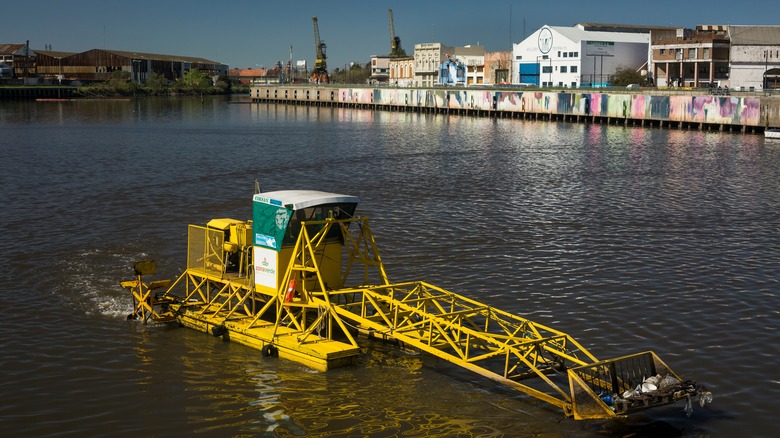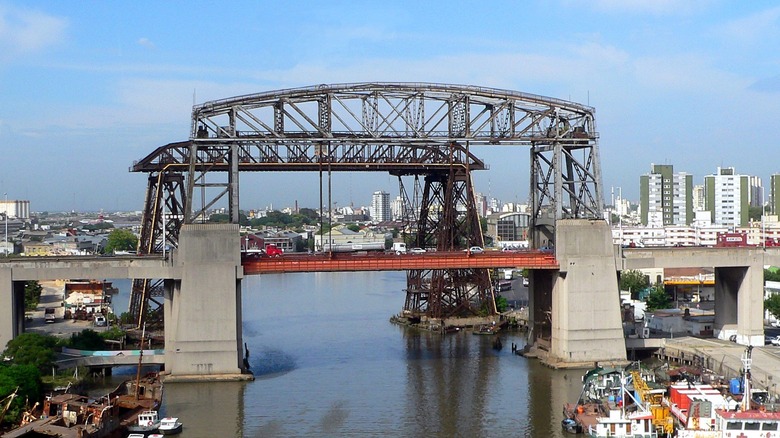This Argentinian River Is One Of The Most Dangerous Places On Earth
According to Science Focus, humanity will potentially reach a peak population of around 10 to 11 billion people, but it will probably have the resources to sustain these numbers. However, climate change will still be a factor, and so it is crucial we curtail the dangers of places like Argentina's Matanzas-Riachuelo river, which Only Natural Energy has deemed a "never-ending environmental disaster."
The Matanzas-Riachuelo has been a danger for centuries. Early tanneries and factories built alongside the river found it a convenient place to dump waste and as industrial technology has improved, this is still the case. "The Riachuelo river is still serving the function of drainage for the economic and human activities in the city of Buenos Aires and a large part of the Greater Buenos Aires," read a report from the Matanza Riachuelo Basin Authority to the Supreme Court in 2016. Efforts by the body to make the water safe have been very costly and largely fruitless.
The Associated Press reported in 2013 that hazardous levels of zinc, copper, chromium, lead, and arsenic are all present in the water. Approximately 3.5 million people live in its toxic shadow, 20,000 of whom have homes near the basin itself. Green Cross of Switzerland and Blacksmith Institute published a report (per Associated Press) stating that 80% of the river's water found in local wells was too dangerous to drink.
Dangerous levels of toxic substances
The authorities have not made much headway in cleaning up the dangerous river, despite the government pouring vast sums of money into the mammoth task. In a period between 2008 and 2016, per Only Natural Energy, Argentinian authorities told the Supreme Court that an eye-watering $5.2 billion dollars had been designated for the task.
La Boca is the area in Buenos Aires where the river meets the Rio de la Plata estuary. Raúl Estrada Oyuela is an environmentalist on the Association of La Boca and reported (per Only Natural Energy) that the only progress has been "clean[ing] up the riverbanks a little and [removing] many of the boats that had sunk decades ago." The pollution affects not only the water but the entire surrounding area, Oyuela argued. He believes that authorities are loath to address this "because that would mean affecting the interests of the industries ... which ... would have to make important investments if they were forced to switch to a clean production system." Until a solution is found, the river will remain one of the most dangerous places in the world.

